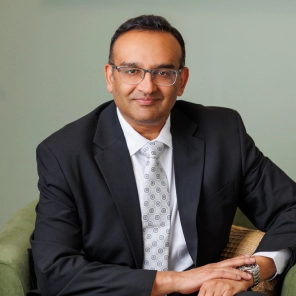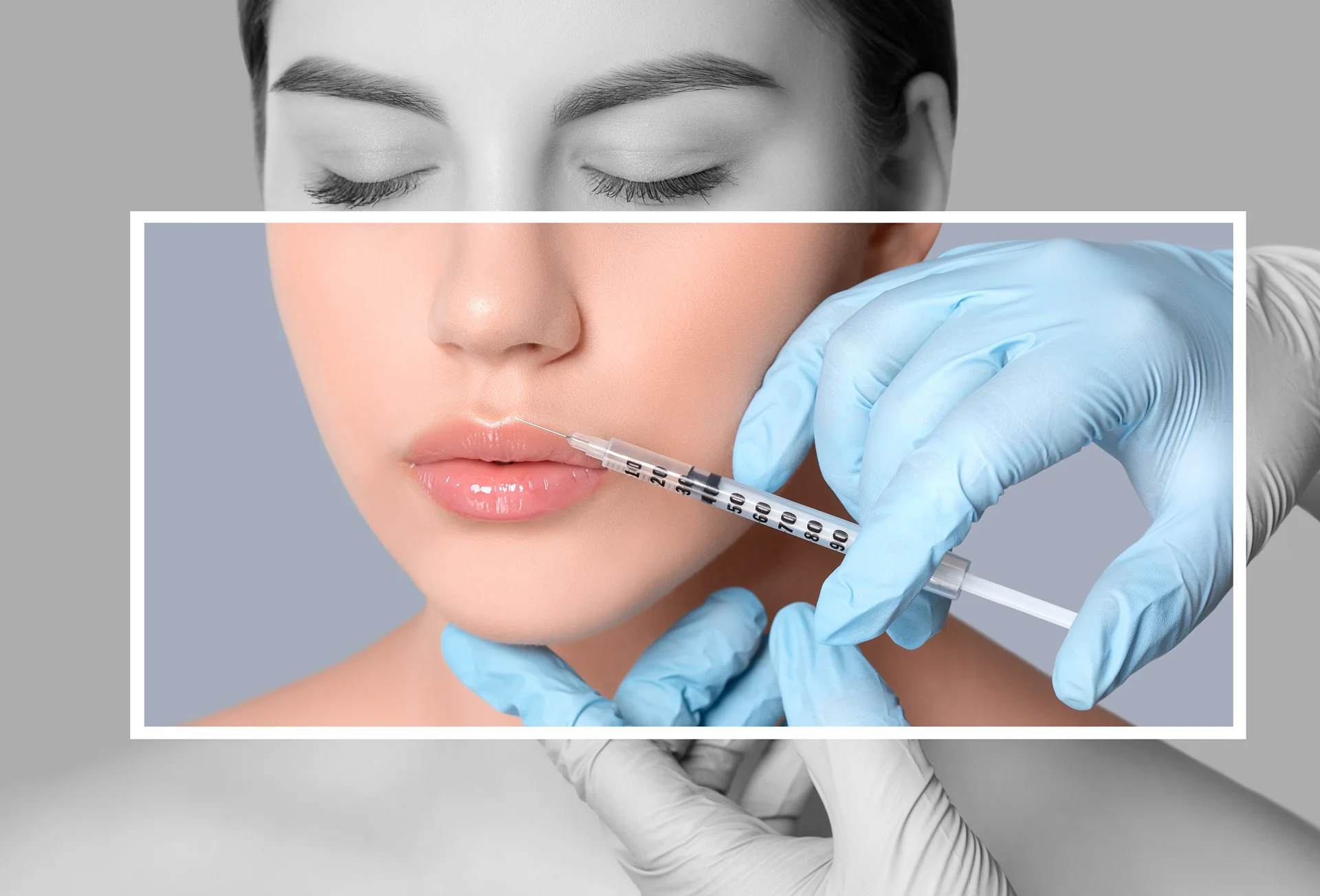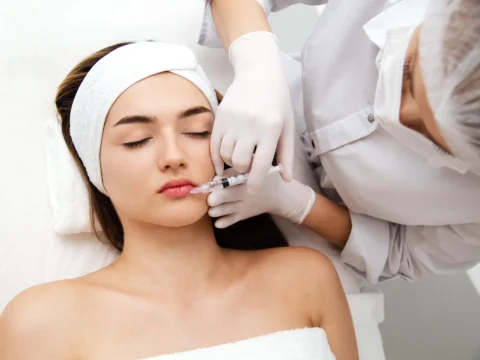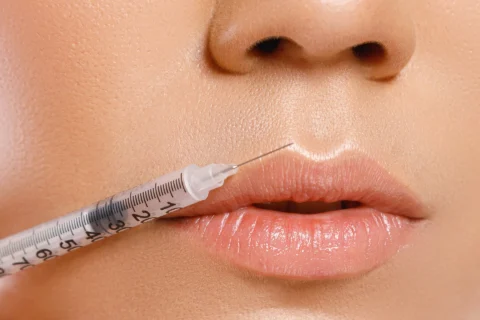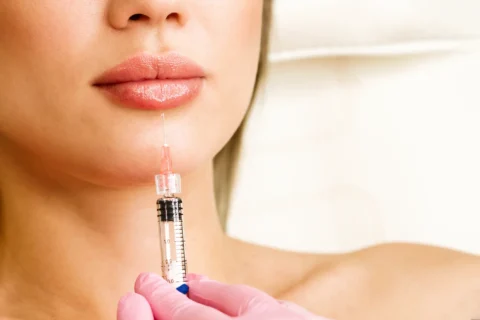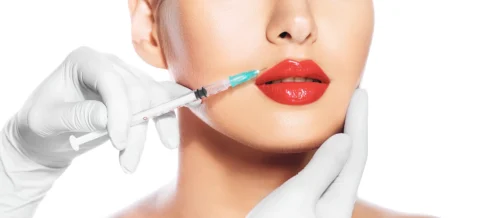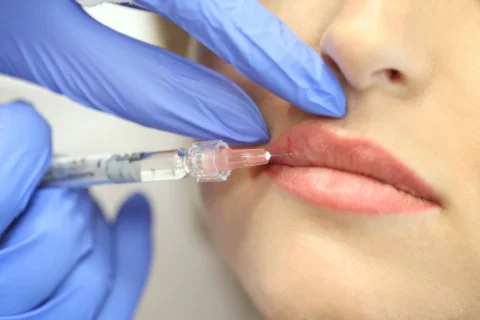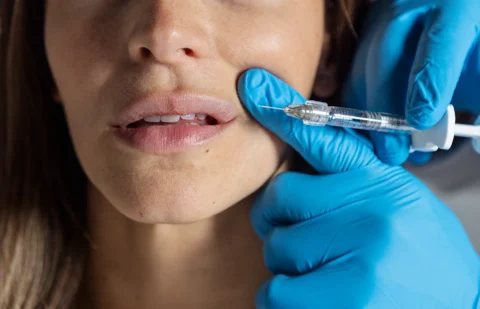Full, plump lips are one of today’s most coveted facial features. But not everyone is born with a naturally enviable pout. If you’re looking to add subtle or dramatic volume to your lips, dermal fillers offer a safe, non-surgical solution. But with dozens of dermal fillers on the market, how do you choose the right one?
Dr. Soni and the Ethos Aesthetics + Wellness team specialize in utilizing the latest advances in aesthetic treatments to help you achieve your cosmetic goals. In this article, we’ll explore the most commonly used lip fillers and provide insight on which options tend to have the longest-lasting results. Read on to learn which lip filler lasts the longest so you can select the ideal treatment to plump your pout.
Overview of Lip Filler Options
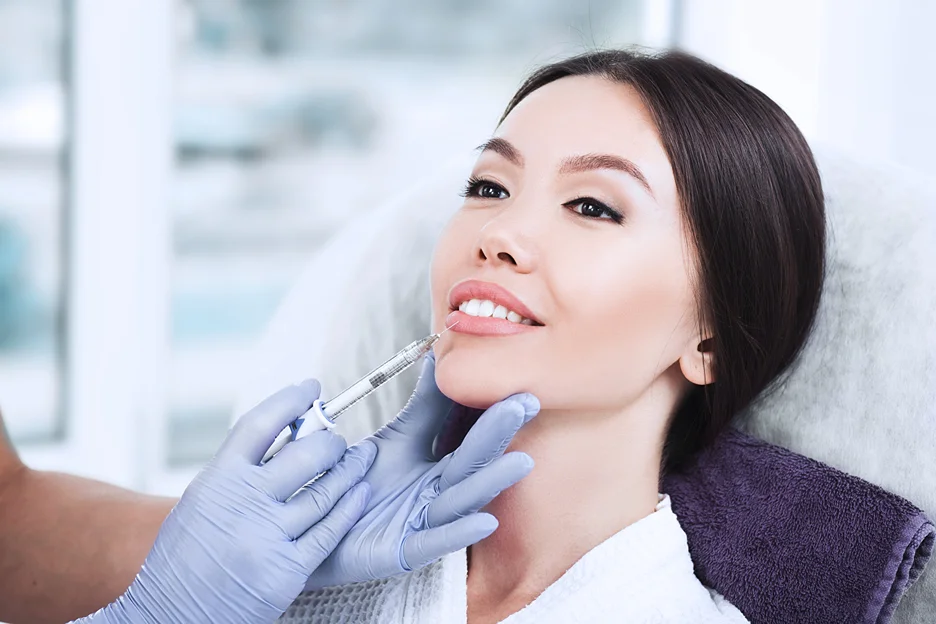
There are three main categories of dermal fillers used for lip augmentation:
- Hyaluronic Acid Fillers: Hyaluronic acid (HA) fillers are the most popular choice for lip augmentation. HA is a naturally occurring substance found in the body that helps provide volume and hydration to the skin. Brands like Juvederm, Restylane and Belotero offer HA fillers specifically formulated for lips.
- Collagen Stimulators: These fillers work by stimulating the body’s natural collagen production to add volume over time. Sculptra Aesthetic uses poly-L-lactic acid (PLLA) for this purpose.
- Permanent Fillers: Synthetic fillers like Artefill contain microspheres that cannot be broken down by the body. They provide permanent augmentation. However, they carry higher risks and are less commonly used today.
Hyaluronic acid products tend to be the preferred choice for safety, effectiveness and longevity. But there are subtle differences between the many brands and formulations.
Hyaluronic Acid Lip Fillers
Hyaluronic acid (HA) fillers are considered the gold standard in lip augmentation. Here are some of the most popular options:
| Product | Description | Duration |
| Juvederm | The Juvederm family of products by Allergan offers several HA fillers specifically designed for lips. This includes Juvederm Ultra XC and Juvederm Volbella XC. | 9-12 months |
| Restylane | Restylane products like Restylane Silk and Restylane-L are also formulated for lip enhancement. | 6-9 months |
| Belotero | This HA dermal filler integrates well in the delicate lip area. Belotero Balance lasts around 6-9 months in the lips. | 6-9 months |
| Teosyal | The Teosyal line by Swiss company Teoxane contains several “Kiss” products for lip enhancement like Teosyal Kiss and Teosyal Global Action Lips. | 6-12 months |
When it comes to duration, Juvederm products tend to have the longest-lasting effects of the hyaluronic acid options for lip enhancement. But the specific product choice should take into account your individual cosmetic goals and lip anatomy.
Non-Hyaluronic Acid Lip Filler Options
While HA fillers are preferred for most patients, there are alternative treatments such as:
| Product | Description | Duration |
| Sculptra | This unique product stimulates collagen growth for gradual volume improvement over time. Sculptra Aesthetic is made of poly-L-lactic acid (PLLA) and provides lip enhancement effects. However, multiple treatment sessions are required. | Up to 2 years |
| Radiesse | Radiesse contains calcium hydroxyapatite microspheres to add fullness. This filler is not ideal for delicate lip tissue and is more commonly used for folds and wrinkles. | 9-12 months |
| Artefill | A permanent filler, Artefill is infrequently used in the lips today due to safety concerns. It contains PMMA microspheres for permanent augmentation but carries risks like nodule formation. | Permanent |
Factors that Influence the Longevity of Lip Fillers
The duration of lip enhancement from fillers can vary substantially from patient to patient. Here’s an overview of the main elements that impact lip filler longevity, helping set appropriate expectations on the longevity of results.
Filler Ingredient and Formulation
Different filler ingredients like hyaluronic acid or collagen have different molecular structures that break down at different rates. Manufacturers continuously develop new formulations to make fillers smoother and more resilient to degradation.
Injection Technique
The depth and angle that the filler is injected impacts how quickly it spreads and breaks down. An experienced injector who knows proper technique can make the filler last longer.
Number of Treatments
An initial lip filler treatment establishes the base structure and shape. Follow up touch-up injections help maintain and reinforce the shape for longer duration.
Lip Movement and Anatomy
Lips that have a lot of muscular activity and mobility tend to break down fillers quicker as the constant motion degrades it. Strong lip muscles exert more pressure on the filler.
Metabolism
People with intrinsically faster metabolisms and cell turnover tend to absorb and degrade lip fillers quicker than those with slower metabolisms.
Sun Exposure and Smoking
UV rays and smoking introduce free radicals and chemicals that increase inflammation and speed up the degradation of fillers.
Aftercare
Properly following post-procedure aftercare like avoiding irritation and massaging helps the filler settle in smoothly and last longer.
How to Make Lip Fillers Last Longer
There are several things you can do to extend the longevity of lip fillers and enjoy a plumper pout for longer. It’s important to closely follow your provider’s aftercare instructions, especially in the first 48 hours when the lips are healing.
Choose an experienced, board-certified injector, as their technique greatly impacts how long results last. Avoid heat from sources like hot tubs and facials for 2 weeks post-injection to allow the filler to properly stabilize.
Don’t smoke, stay hydrated, and protect your lips from UV exposure, as these can all degrade the filler more quickly. Eat a balanced diet with nutrients like zinc, vitamins C, D, and E, as deficiencies may reduce how long fillers last.
Finally, get follow-up maintenance injections before the filler fully dissipates to help sustain your desired lip fullness over time. Properly caring for your lips pre and post-injection is key for getting the most longevity from your chosen lip filler.
Lip Filler FAQs
If you’re considering lip injections for the first time, you likely have plenty of questions. Here we answer some of the most frequently asked questions about lip fillers:
Which lip filler provides the most natural looking results?
The newest hyaluronic acid formulas like Juvederm Volbella XC and Restylane Silk offer beautiful, natural-looking enhancement. But the injector’s skill is key. An artistic eye and advanced injection methods are needed to contour the lips properly.
When will I see results from lip injections and how long do they last?
Most patients see instant subtle volume improvement. But swelling peaks at 2-4 days before gradually subsiding over 1-2 weeks. Final results are visible after this initial 2 week healing period. On average, hyaluronic acid lip fillers last 6-12 months.
Do lip injections hurt?
Topical numbing creams followed by nerve blocks are used to maximize comfort during the injections. This results in minimal pain for most patients. However, there is moderate swelling and tenderness for a few days following treatment.
What are the possible side effects of lip fillers?
Common temporary side effects include swelling, bruising, tenderness, and redness around the injection sites. Less common side effects include nodules, asymmetry, and allergic reactions. Choosing an experienced provider helps minimize risks.
Can I fix lip filler mistakes?
Yes, hyaluronidase is an enzyme that dissolves hyaluronic acid fillers. Your provider can strategically use hyaluronidase to dissipate filler in over-treated areas. Let your provider know if your results need any adjustment.
What happens if I’m not satisfied with my lip filler results?
Communicate all your concerns to your injector first. An experienced provider will have a plan to address any irregularities and help refine your treatment to achieve your desired outcome.
How soon can I get lip filler touch-ups after initial treatment?
Touch-ups are generally recommended no sooner than 4 weeks after initial injection to allow for complete healing and settling of the filler. For best results, wait until you notice the filler breaking down before getting follow-up injections.
The Takeaway
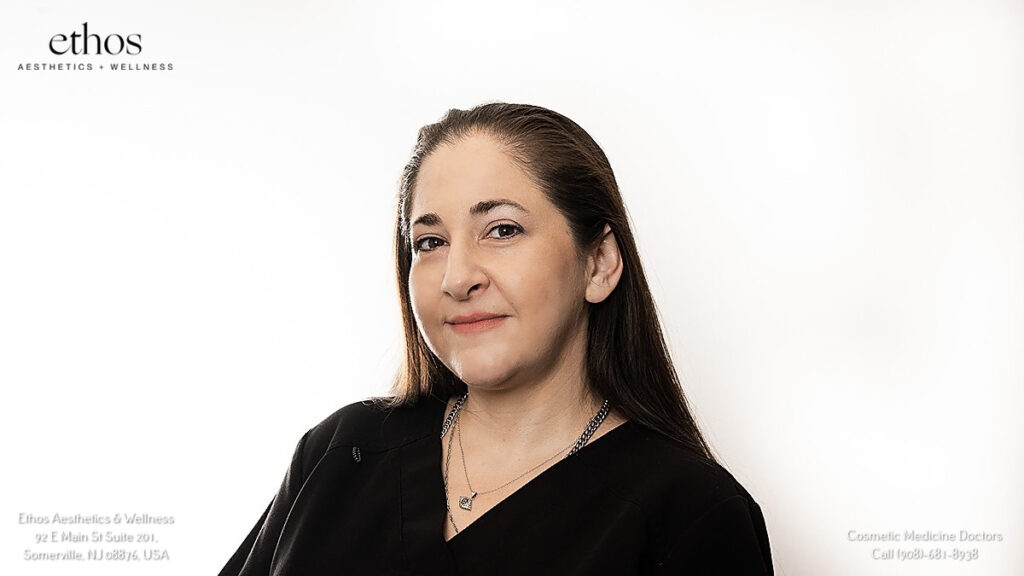
When seeking a longer lasting lip filler, the newer hyaluronic acid formulas like Juvederm Volbella XC and Voluma XC designed specifically for the delicate lip area tend to provide the longest augmentation effects. But the skill and experience of your provider makes a big difference as well.
Proper aftercare, sun protection, hydration, healthy diet and follow-up maintenance appointments can all help extend your lip filler results. If you’re looking for a subtle lip boost or more dramatic volumizing effects, visit Ethos Aesthetics + Wellness for a customized treatment plan. Our medical experts utilize the latest filler technologies to help you safely achieve your aesthetic goals.
Contact Dr. Soni’s office today to schedule your private consultation and enrich your natural beauty with treatments personalized just for you.
